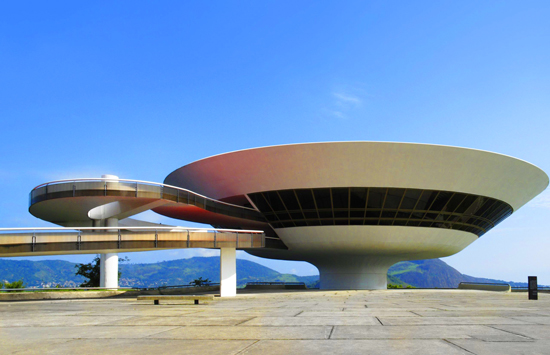Avant-Garde Today:
The Question of Autonomy Instructor: J.P. CaronProgram: Art & Curatorial PracticeCredit(s): 1Date: May 4th, 11th, 18th, 25th.Time: 14:00-16:30 ET

DESCRIPTION: This Seminar brings together two understandings of the problem of the avant-garde in art: the now classic approach offered by Peter Bürger in his seminal book “Theory of the Avant-Garde” (1974) and Harry Lehmann’s essay “Avant-Garde Today” (2008). The Seminar hypothesizes that these two understandings illustrate different models of progress in and against art’s autonomy that will be worked with through the four sessions. In doing so, it hopes to question the many connections that bring together art, the hypothesis of its autonomy, and its political affordances.
Bürger understands the avant-gardist impulse not as a new style within the institution of art but as an attempt to break with art altogether, scattering aesthetic effects upon life at large. He offers one of the clearest understandings of the avant-garde, based on art reaching out of its own definition—progressively absorbing that which is not art into that which is art. While the historical avant-garde is seen by Bürger as a final breaking point, given that art is individualized as an autonomous sphere, this same notion is taken by Lehmann to offer a model of aesthetic modernity predicated on the autonomization of the elements that compose art. Instead of reading the avant-garde as an impulse to the outside, Lehmann sees it as a new coupling between the work, the medium, and reflection itself.
Complementing these two models of the avant-garde, this Seminar will also tackle the theoretical basis the two authors are polemicizing against: Adorno’s “Aesthetic Theory,” a model that Bürger takes to be intrinsically anti-avant-gardist and Lehmann tries to supersede with his understanding. Finally, in the last session we will see a more recent synthetic approach by Mattin on his book “Social Dissonance” (2023). Mattin offers a contemporary model for art reaching out of its limits—towards politics—but coinciding with a change in the materials of artmaking. Now, instead of aesthetic appearance, as Adorno would have it, the social world appears to constraint art.
Session 1: We will delve into the general themes of the Seminar, through a reading of selected sections of Bürger’s text and further secondary literature.
Session 2: We will read sections of Adorno’s “Aesthetic Theory” alongside Bürger’s “Adorno’s Anti-Avantgardism” essay. A further comparison will be drawn between Adorno and Benjamin’s “The Work of Art in the Age of Mechanical Reproduction.”
Session 3: Close reading of Harry Lehmann’s essay “Avant-garde Today,” where the model of the avant-gardist integration of the outside is discussed and tentatively replaced by the model of systemic gains in degrees of freedom.
Session 4: Discussing Mattin’s very recent “Social Dissonance” (2023) as the latest incarnation of the reaching-out model, but with the twist that, for Mattin, the material of the work of art becomes the social action of its audience.
IMAGE: Oscar Niemeyer, Niteroi Contemporary Art Museum, 1996
To see The New Centre Refund Policy CLICK HERE.
To see The New Centre Refund Policy CLICK HERE.